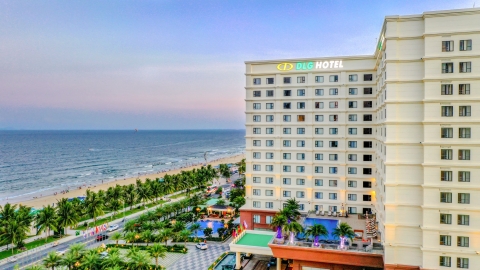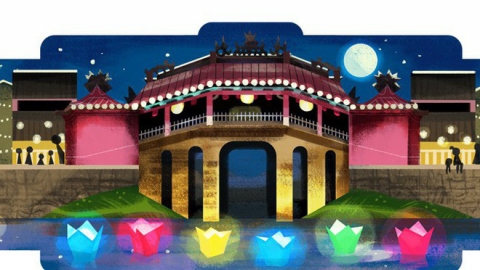When arriving in Shiraz, known as the “city of poetry, roses and wine” of ancient Persia, visitors will not only find poetic gardens or mausoleums of great poets such as Hafez and Saadi. This structure is the resting place of Ali Ibn Hamza - the grandson of Imam Musa Kazim and is considered one of the most unique destinations in Shiraz city. This is also a place that young explorers and global photographers crave to hunt for, because it possesses a unique interior: a brilliant and overwhelming kaleidoscope effect.
The original structure was built in the 9th century (3rd century according to the Islamic calendar), but through many natural disasters, especially earthquakes, the previous mosque was destroyed. The majestic structure that visitors admire today is the result of significant restorations and reconstructions, especially in the 19th century. This makes Ali Ibn Hamza carry within it a beautiful blend of ancient Islamic architecture and the brilliant accents of the Qajar style.

From the outside, the mausoleum impresses with its classic Persian architecture. The highlight is the prominent turquoise dome, easily recognizable, standing proudly against the clear blue sky of Shiraz. The undeniable attraction and absolute difference of the Ali Ibn Hamza Mausoleum is its interior. As soon as you step through the ancient wooden door, you are immediately drawn into a surreal visual experience: a world created from millions of pieces of traditional Iranian mosaic mirrors.
This is not a random decoration but the pinnacle of Islamic interior decoration. Millions of tiny mirrors, finely cut and meticulously arranged, cover the walls, vaulted ceilings and pillars. They reflect natural light in a spectacular way.

The building was built in the 9th century and has undergone many restorations. It now stands out with its green dome, two small towers and airy garden.
When sunlight, especially light shining through colored windows (common in Islamic architecture), hits these mirrors, it does more than just light up.
Light is constantly scattered, bent and reflected back and forth, creating a vivid, dazzling "kaleidoscope" effect. The entire space seems to explode in a dance of sparkling, shimmering light, creating the feeling of standing inside a miniature galaxy or a diamond-encrusted jewel box. The splendor of this mirror technique, typical of Qajar decoration, makes the mausoleum a rare masterpiece.

What makes this place special is the traditional Iranian mosaic mirrored interior, which creates a brilliant “kaleidoscope” effect when light shines on it.
As a holy mosque and home to the remains of a holy figure, Ali Ibn Hamza demands special respect from visitors. It is a place of pilgrimage and contemplation, so order and respect for space are required.
One thing to note for tourists and visitors is the dress code. Although entry is free, women are required to wear a chador (or headscarf) when entering the sacred area. Usually, the mausoleum will provide free chadors for visitors at the entrance. The most important thing is to respect the sacredness of the place, keep quiet and not disturb those who are praying.

The ideal time to visit is early morning or before sunset, when the light reflects shimmeringly throughout the space.
Regarding the time of visit, the experience of professional photographers and backpackers shows that the two golden hours to fully experience the "kaleidoscope effect" are early morning, after the mausoleum opens, the gently slanted sunlight creates sharp reflections on the mirror surface. In addition, the sunset time with the warm yellow light of the end of the day creates a magical, romantic and surreal space, making the blue mirrors stand out more than ever.
The Mausoleum of Ali Ibn Hamza is not only a historical building, but also a lifestyle experience, where the quintessence of Persian architecture and art is subtly combined. This is a highlight that contributes to enriching the journey to discover Shiraz - a city where fairy tales blend with eternal beauty.


 EN
EN



































